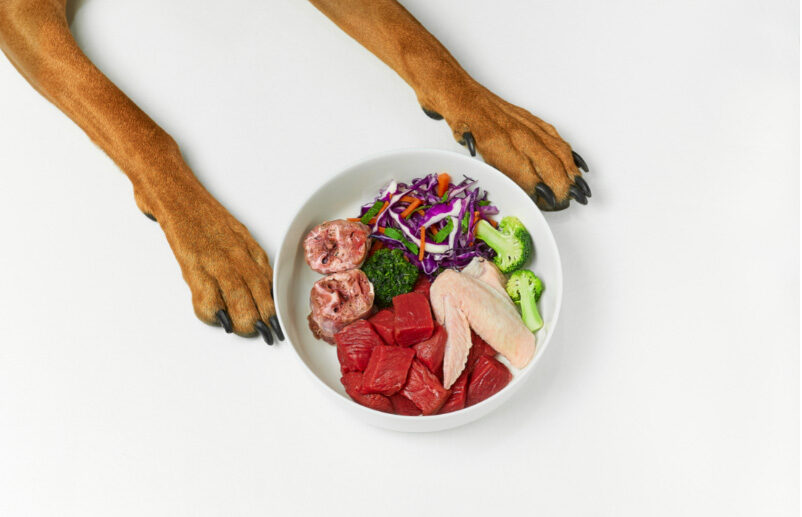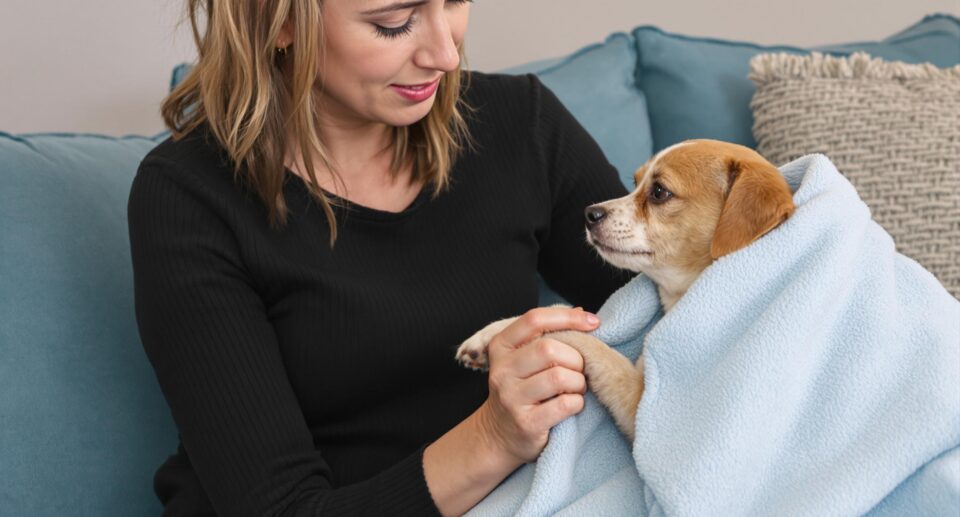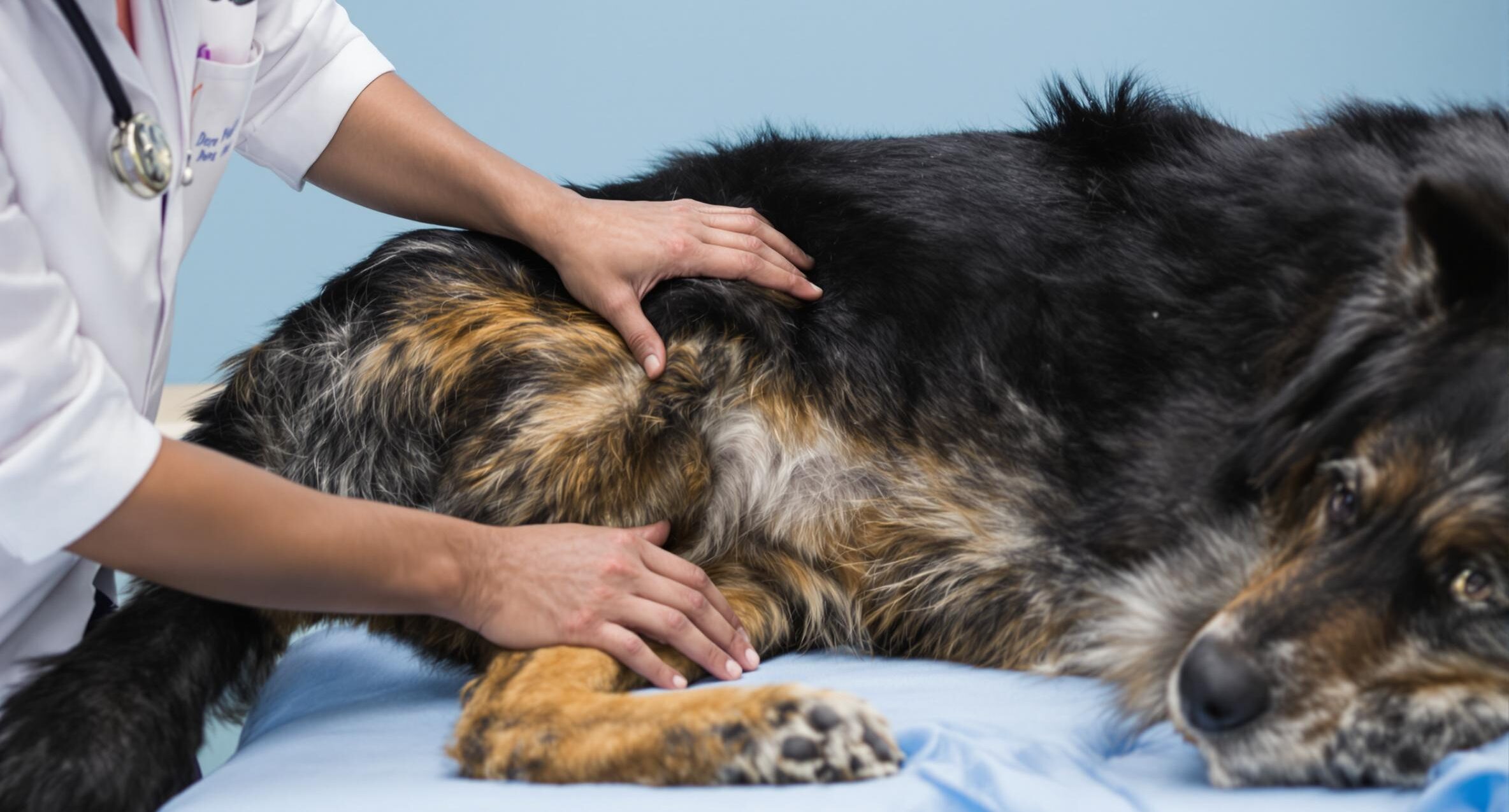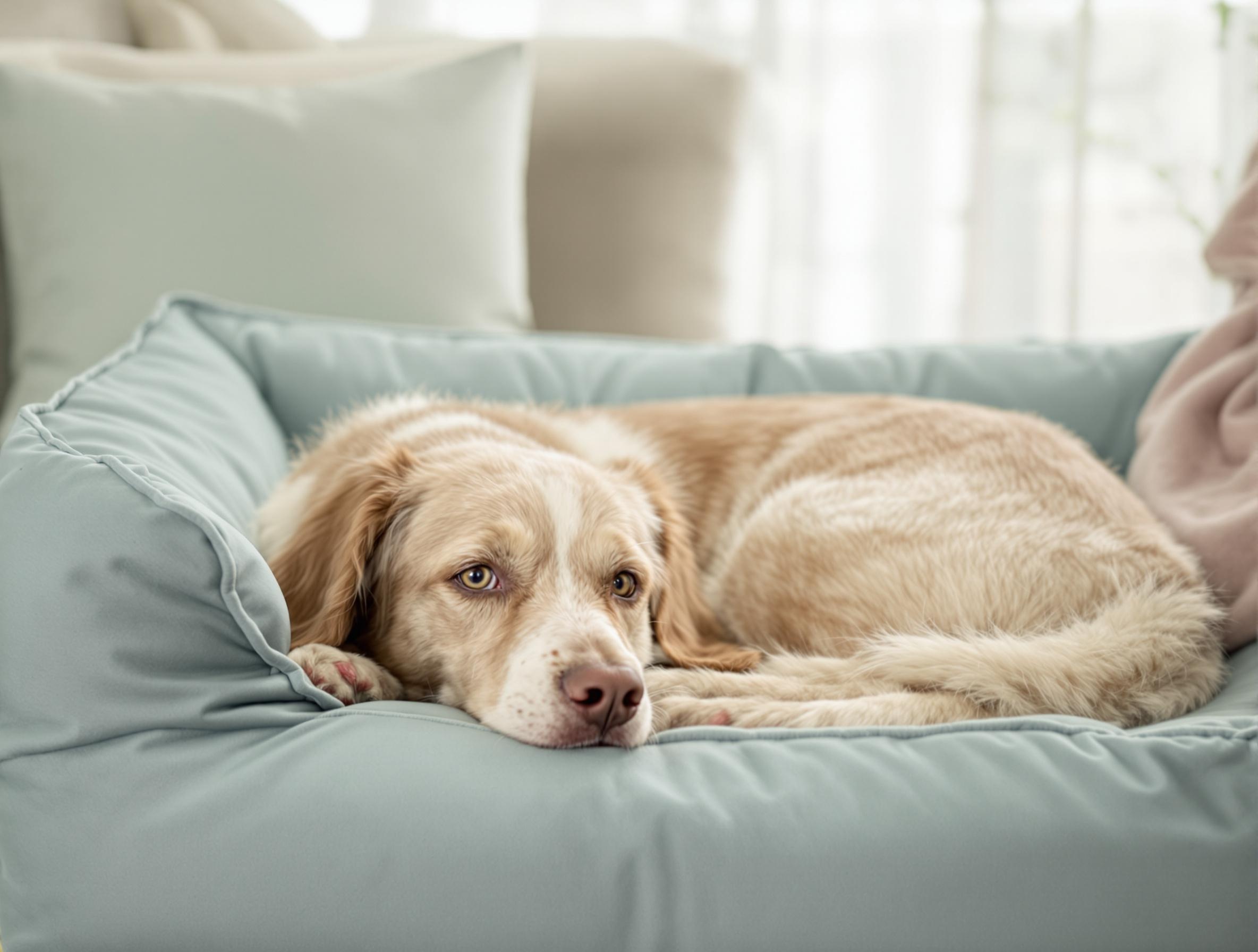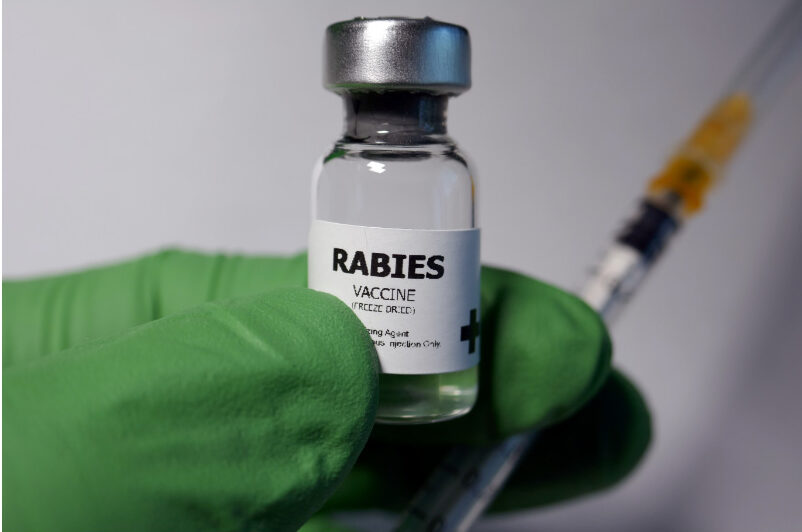What You Need to Know About Bloat in Dogs
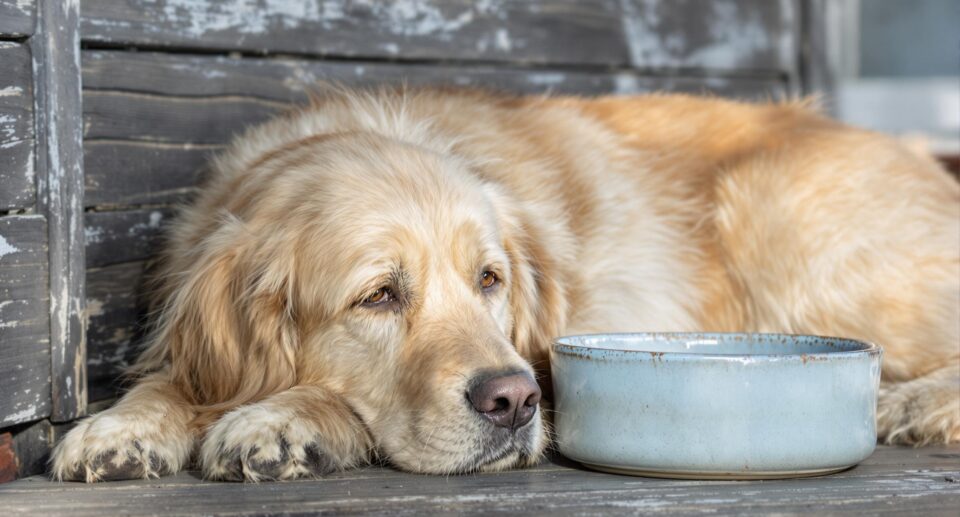
Key Takeaways
- Bloat, or Gastric Dilatation and Volvulus (GDV), is a serious and potentially fatal condition where a dog’s stomach twists and cuts off blood flow.
- Quick action is critical since bloat can become deadly within hours, so recognizing early signs like a swollen belly or dry heaving can save your dog’s life.
- You can help prevent bloat by feeding smaller meals, using slow-feed bowls, and keeping your dog calm and rested after eating.
Each year, thousands of dogs face a life-threatening condition known as bloat. Medically called Gastric Dilatation and Volvulus (GDV), it happens when the stomach fills with gas and twists, cutting off blood flow to essential organs. Without fast treatment, it can become fatal in just a few hours.
Acting quickly makes all the difference. If your dog shows signs like a swollen belly, restlessness, or repeated attempts to vomit without bringing anything up, get them to a veterinarian right away.
To help you stay informed and prepared, PetHealthMD offers easy-to-understand resources on how to spot, prevent, and respond to bloat, so you can give your dog the best chance at a safe recovery.
What Is Bloat in Dogs?
Bloat, or Gastric Dilatation-Volvulus (GDV), is a serious and often life-threatening condition that happens when a dog’s stomach fills with gas and then twists. This twist traps gas and food inside while cutting off circulation to the stomach and other nearby organs. It affects about 60,000 dogs each year in the U.S.
When bloat occurs, the gas buildup puts pressure on the diaphragm, making it difficult for the dog to breathe. The lack of blood flow can also lead to shock, tissue damage, and organ failure. Large, deep-chested breeds are at greater risk, but bloat can occur in any dog.
Veterinarians diagnose bloat using a physical exam and X-rays to check for stomach rotation and gas buildup. Early treatment is essential, making it important for all dog owners to recognize the early signs.
Signs and Symptoms of Bloat in Dogs
Recognizing the signs of bloat could save your dog’s life. Symptoms often appear two to three hours after eating but can occur anytime.
Watch for:
- Unproductive gagging or retching
- Excessive drooling
- A swollen or firm belly
- Pacing and restlessness
- Labored breathing
- Stretched neck posture while trying to breathe
- Rapid heartbeat
If your dog shows any of these symptoms, seek emergency veterinary care immediately.
What Causes Bloat in Dogs?
While the exact cause of bloat is not always clear, several habits and conditions increase risk:
- Elevated feeders may increase bloat risk.
- Stressful events can trigger bloat in anxious dogs.
- Diet matters: dogs fed only dry kibble may be more vulnerable.
- Moistened kibble with citric acid can sharply increase risk.
- Eating one large meal per day can stretch the stomach.
- Fast eating can lead to air swallowing.
Large and deep-chested breeds such as Great Danes, Standard Poodles, and German Shepherds face higher risk. Preventive surgery called gastropexy may be recommended for at-risk dogs.
How to Prevent Bloat in Dogs
Simple daily habits can help reduce the risk of bloat:
Feeding Tips
- Offer two or three smaller meals rather than one large one.
- Use a slow feeder bowl to reduce air intake.
- Provide a quiet place for meals.
Activity and Hydration
- Allow your dog to rest for 90 minutes after eating.
- Provide fresh water throughout the day.
Health and Vet Support
- Keep up with wellness exams.
- Discuss preventive surgery with your vet if your dog is high risk.
For slow-feeder bowls, digestion aids, and nutrition support, explore the Dog Food and Treats category on 1800PetMeds.
Frequently Asked Questions About Bloat in Dogs
How quickly should I take my dog to the vet if I suspect bloat?
Immediately. Bloat can become fatal within one to two hours.
What are my dog’s chances of recovery with treatment?
When treated early, survival rates can reach 80%.
Is my dog at higher risk if their family members had bloat?
Yes. Genetics play a role, especially in large, deep-chested breeds.
Protecting Your Dog From Bloat
Bloat is a fast-moving, life-threatening condition. Knowing the signs and acting quickly can make all the difference. If you notice symptoms such as restlessness, a swollen belly, or dry heaving, contact your veterinarian right away.
Every dog has unique risk factors, and some may benefit from preventive measures like dietary changes or gastropexy. Partner with your veterinarian to create a plan that fits your dog’s needs.
For trusted, vet-recommended products that support digestion, wellness, and emergency preparedness, visit the Dog Health category on 1800PetMeds.
To explore all dog care essentials, visit the Dog category today and support your pet’s long-term health and safety.

